Optimal Timing for Mobile Home Skirting
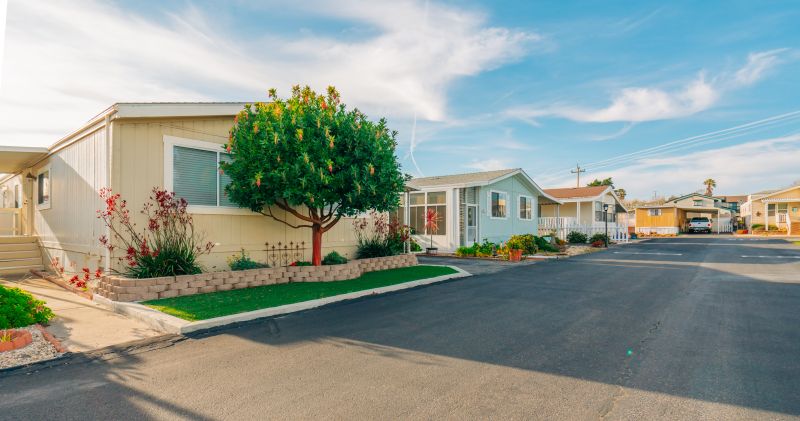
Spring offers moderate temperatures and less precipitation, making it ideal for outdoor construction projects like skirting installation.

Summer provides warm weather and longer daylight hours, but high humidity and heat can affect materials and installation efficiency.

Fall's cooler temperatures and dry conditions create favorable circumstances for installing skirting before winter.
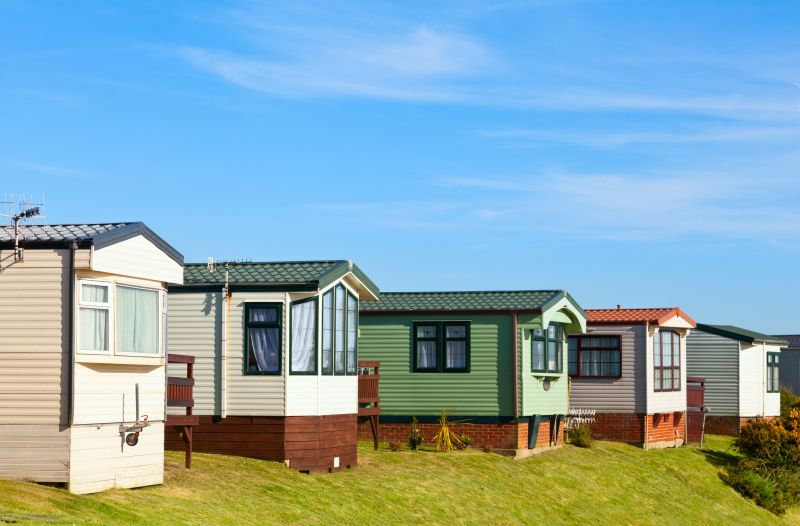
Ways to make Mobile Home Skirting Installations work in tight or awkward layouts.

Popular materials for Mobile Home Skirting Installations and why they hold up over time.

Simple add-ons that improve Mobile Home Skirting Installations without blowing the budget.
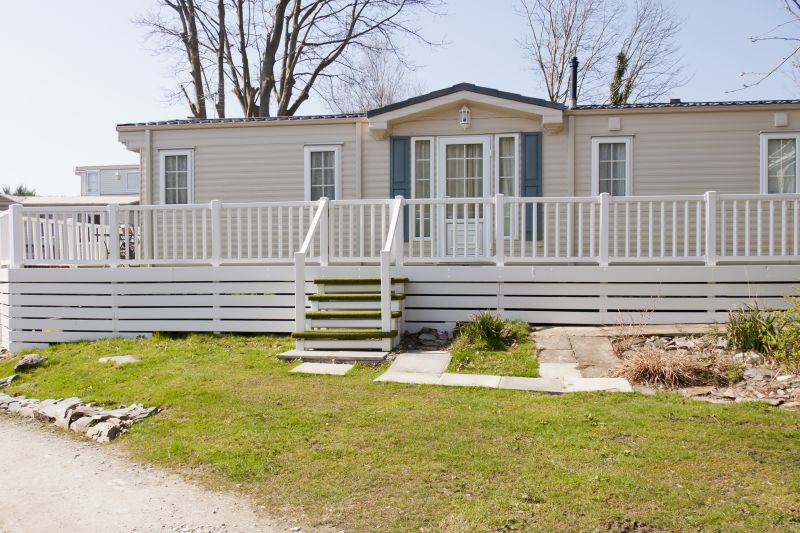
High-end options that actually feel worth it for Mobile Home Skirting Installations.
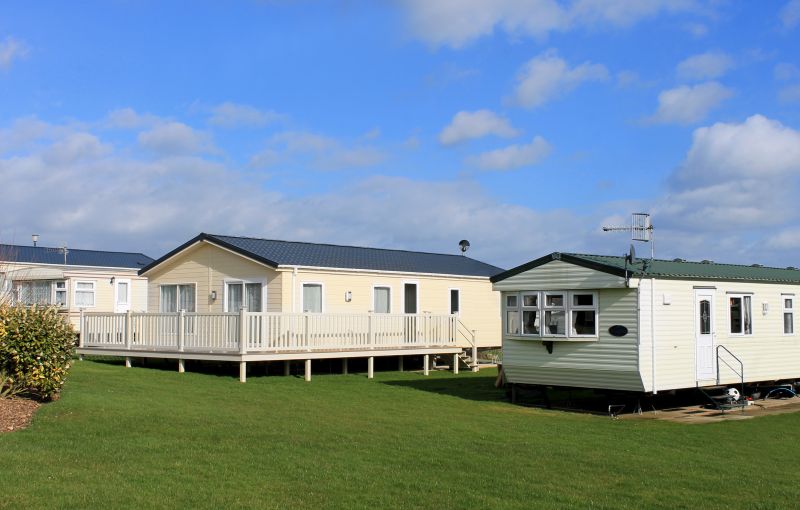
Finishes and colors that play nicely with Mobile Home Skirting Installations.
Mobile home skirting installations are typically performed to improve insulation, protect against pests, and enhance aesthetic appeal. The timing of installation can influence durability and ease of work. Weather conditions play a significant role, with dry, moderate temperatures being optimal for most materials. Proper planning ensures the skirting remains effective and maintains its appearance over time.
Ideal temperatures for skirting installation are between 50°F and 85°F, avoiding extreme cold or heat that can affect materials.
Rain or snow can delay installation and compromise the integrity of the materials, so dry weather is preferable.
Different skirting materials have specific requirements; for example, vinyl expands in heat and contracts in cold, influencing timing.
Scheduling during periods with stable weather helps ensure proper preparation and installation quality.

Spring offers favorable conditions for efficient installation with minimal weather disruptions.
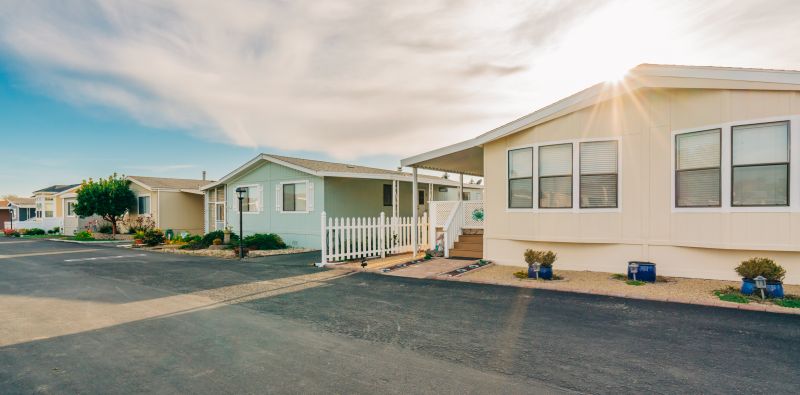
Summer's warmth provides good working conditions, but precautions against heat are necessary.
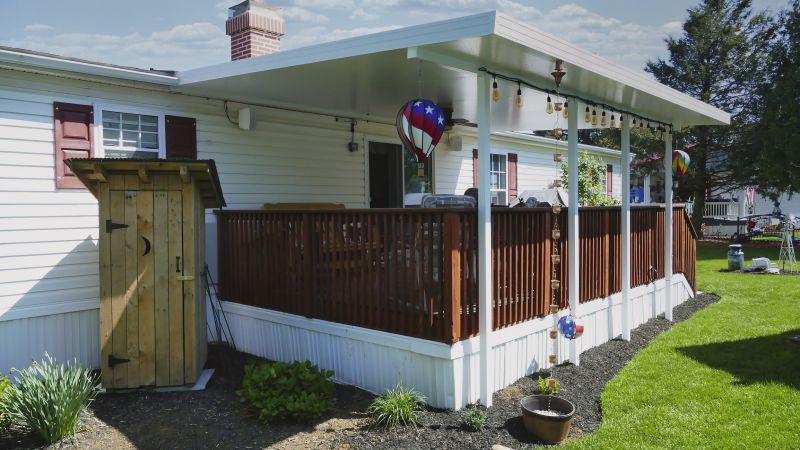
Fall allows for installation before winter sets in, reducing the risk of snow-related delays.
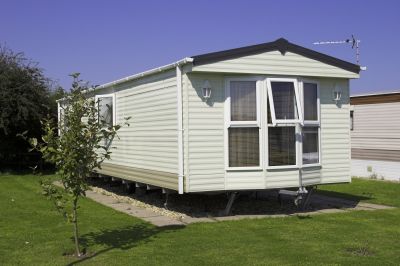
Winter is generally not recommended due to cold temperatures and potential snow accumulation.
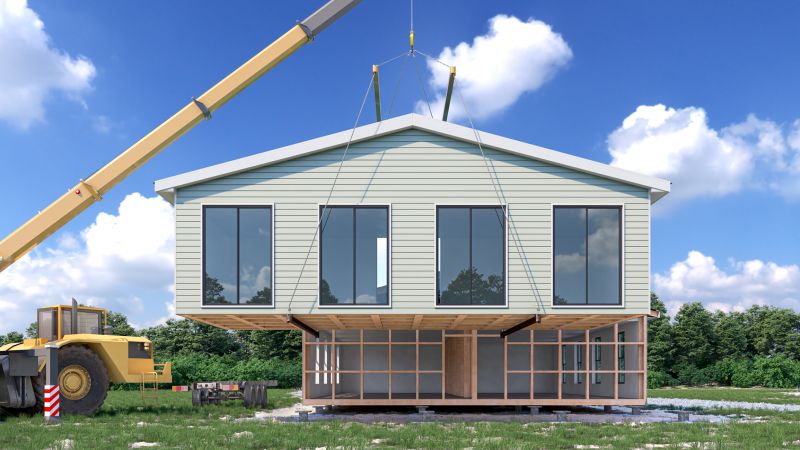
Monitoring weather forecasts helps in scheduling the installation during suitable periods.
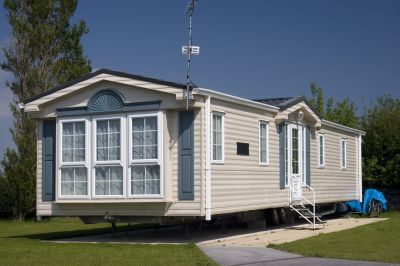
Proper storage of materials during off-seasons prevents damage and ensures readiness for installation.
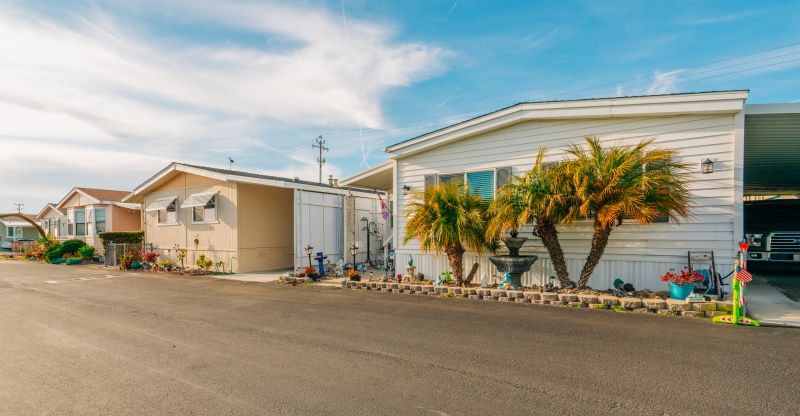
Planning installations ahead of seasonal shifts ensures longevity and performance of skirting.
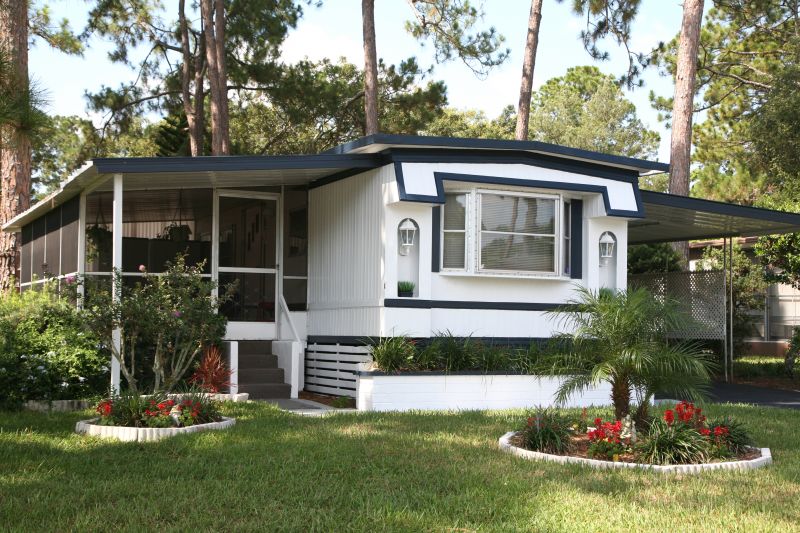
Timely installation enhances insulation, reduces energy costs, and prevents pest entry.
| Season | Ideal Conditions |
|---|---|
| Spring | Moderate temperatures, dry weather, mild wind |
| Summer | Warm temperatures, longer daylight, dry conditions |
| Fall | Cooler temperatures, dry, before winter |
| Winter | Cold temperatures, snow, and ice generally unsuitable |
